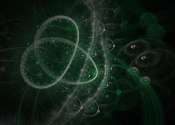Electronic noise due to temperature difference in atomic-scale junctions
Noise is a fundamental feature of any electrical measurement that calculates random and correlated signal fluctuations. Although noise is typically undesirable, noise can be used to probe quantum effects and thermodynamic ...









